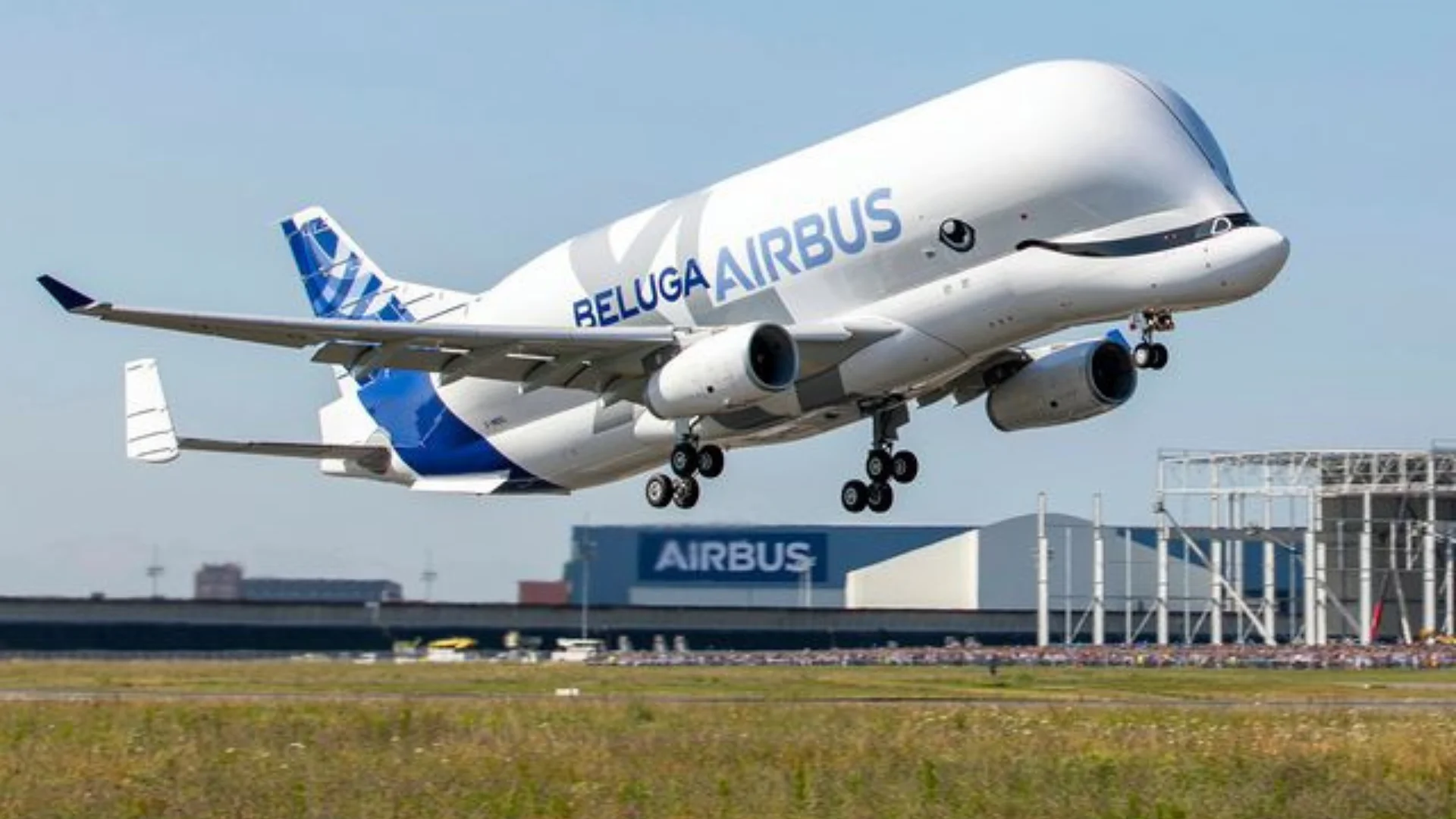While cruising at FL320, about 70 NM south-southwest of Cologne, the crew received a cargo smoke indication and decided to divert. Tracking data indicates this decision occurred around 14:30, with the aircraft landing in Cologne at 14:55. Emergency crews found no trace of fire, heat, or smoke upon arrival. The giant aircraft stayed on the ground for just over four hours before continuing its journey; it arrived in Bremen at 19:30.
Cologne is not a common destination for the Beluga since it typically operates only within Airbus’s internal logistics network. The aircraft is certified for use at a limited number of specially equipped facilities that can accommodate its oversized structure and unique cargo needs.
Diversions or special assignments sometimes take the aircraft beyond its usual routes. Earlier this year, a BelugaXL diverted to Birmingham Airport due to dense fog preventing landing at Airbus Broughton in North Wales. This unexpected stop drew attention among local aviation enthusiasts.
In September last year, another plane diverted to Amsterdam Schiphol due to a possible technical issue while flying from Saint-Nazaire to Hamburg. That same month saw a rare visit by the aircraft to London Heathrow delivering replacement parts for a British Airways A350 damaged in a ground collision with a Virgin Atlantic 787-9 Dreamliner.
The Airbus Beluga fleet has evolved over time since its development by European manufacturer Airbus in the 1990s for transporting large components between production sites across Europe. The original version entered service in 1996 and replaced older Super Guppy planes as part of Airbus’ logistics operation.
Only five BelugaSTs were built and have been operational for nearly three decades; notably, F-GSTB was the second airframe constructed. More than two decades later came the larger BelugaXL supporting flagship A350 ramp-up and other production increases based on A330-200 platform offering more capacity than predecessors now handling most internal logistics today.
 Alerts Sign-up
Alerts Sign-up



































